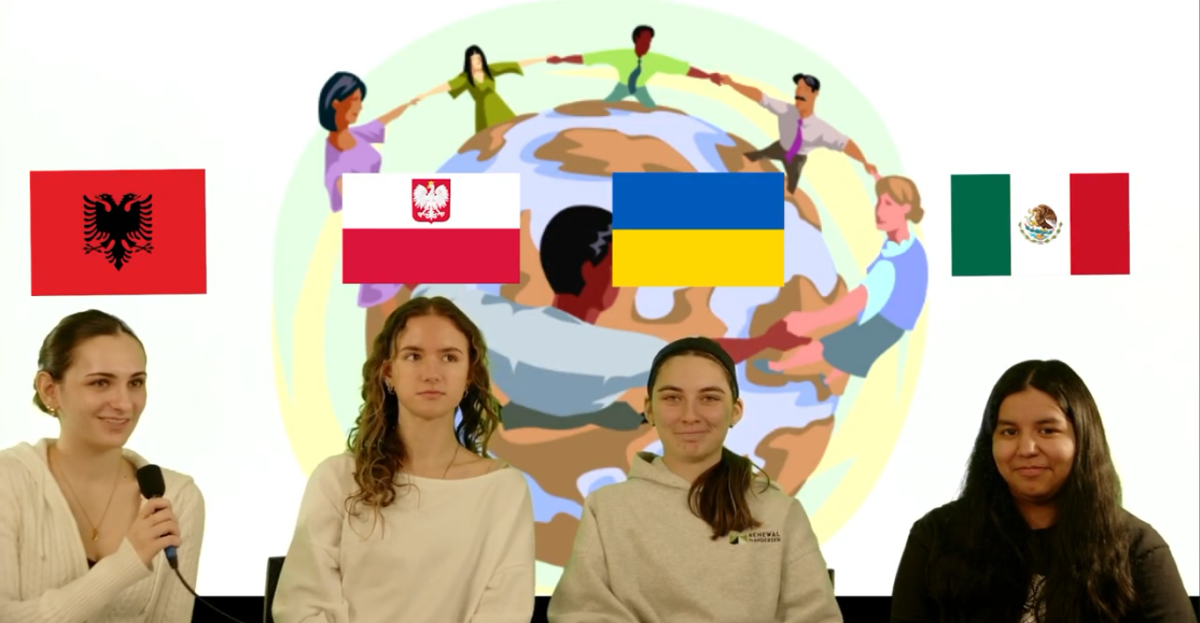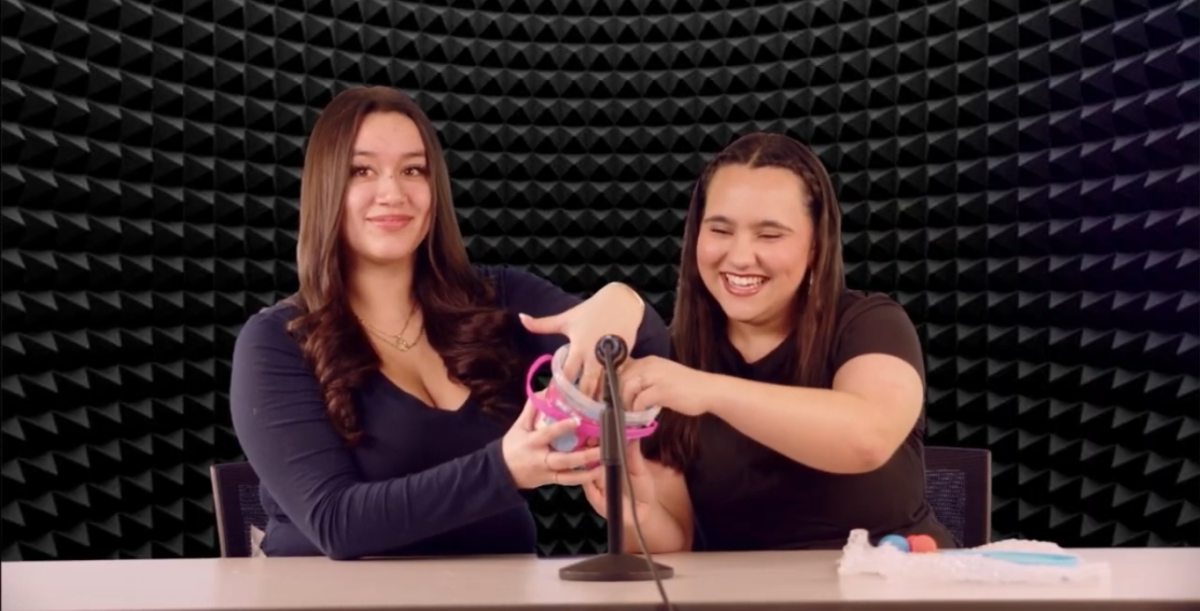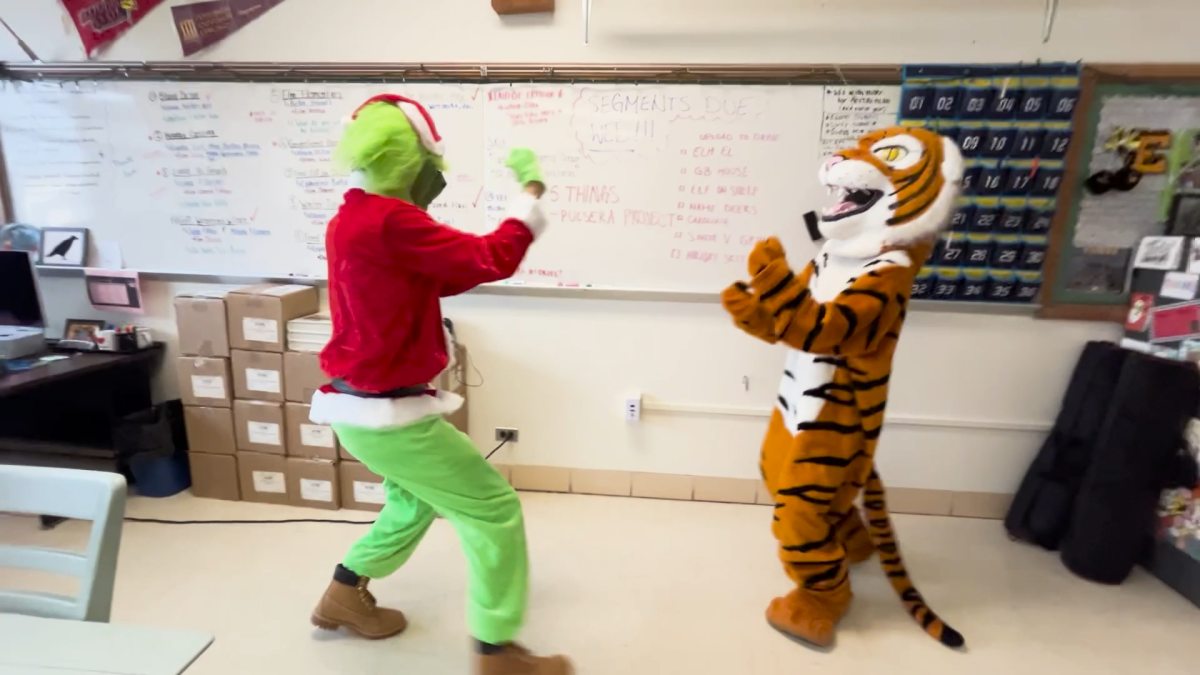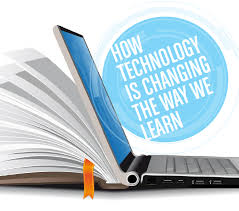Technology has revolutionized every part of our lives, from the way we eat and sleep, right down to how we learn. From screen applications that dig deep with their users to online classrooms, the way students learn is so different today compared to even just 10 years ago. Here’s what it’s doing to education and to students like us.

Access to information at anytime, anywhere
No longer are you only learning whatever’s taught within a classroom. Through smartphones, tablets, or laptops, students are able to access lessons, videos, and educational resources whenever they like. There are websites, like Khan Academy, Couposra, and YouTube that provide tutorials which can make it easy to pick up new skills or review tough concepts outside of the classroom.
Learning experience you can relate to.
Interactive e-books, educational games, and virtual simulations are taking the place (or straddling) traditional textbooks. Tools like Kahoot! and Quizlet transform study into a fun, gamified experience, and VR (Virtual Reality) enables students to tour historical sites or immerse themselves in scientific concepts in 3D space.

Personalized learning
Some people learn more slowly than others. AI learning platforms, for instance, now customize lessons based on students’ individual strengths and weak points. Apps like Duolingo for languages or Photomath for problem solving allow students to receive immediate feedback, allowing them to improve faster. Technology makes peer learning and group projects easier than ever. With platforms like Google Classroom, Microsoft Teams, and Zoom, students can now do assignments in real time — even if they’re miles away. Discussion boards and shared documents facilitate learning around the clock.

Preparing for the future
Today, many jobs demand digital skills, so schools are incorporating coding, robotics, and digital literacy into the curriculum. Teaching students to use technology effectively now will ultimately prepare them to enter careers in areas such as A.I., cyber security, and data science.
The bottom line
Technology can’t be a substitute for teachers, but it’s making learning more flexible, engaging, and personalized. But you need to be intelligent in your use of it — a mix of screen time, traditional study methods, and real world interactions will create a nice balance that will help today’s youth develop into well-rounded adults.





















